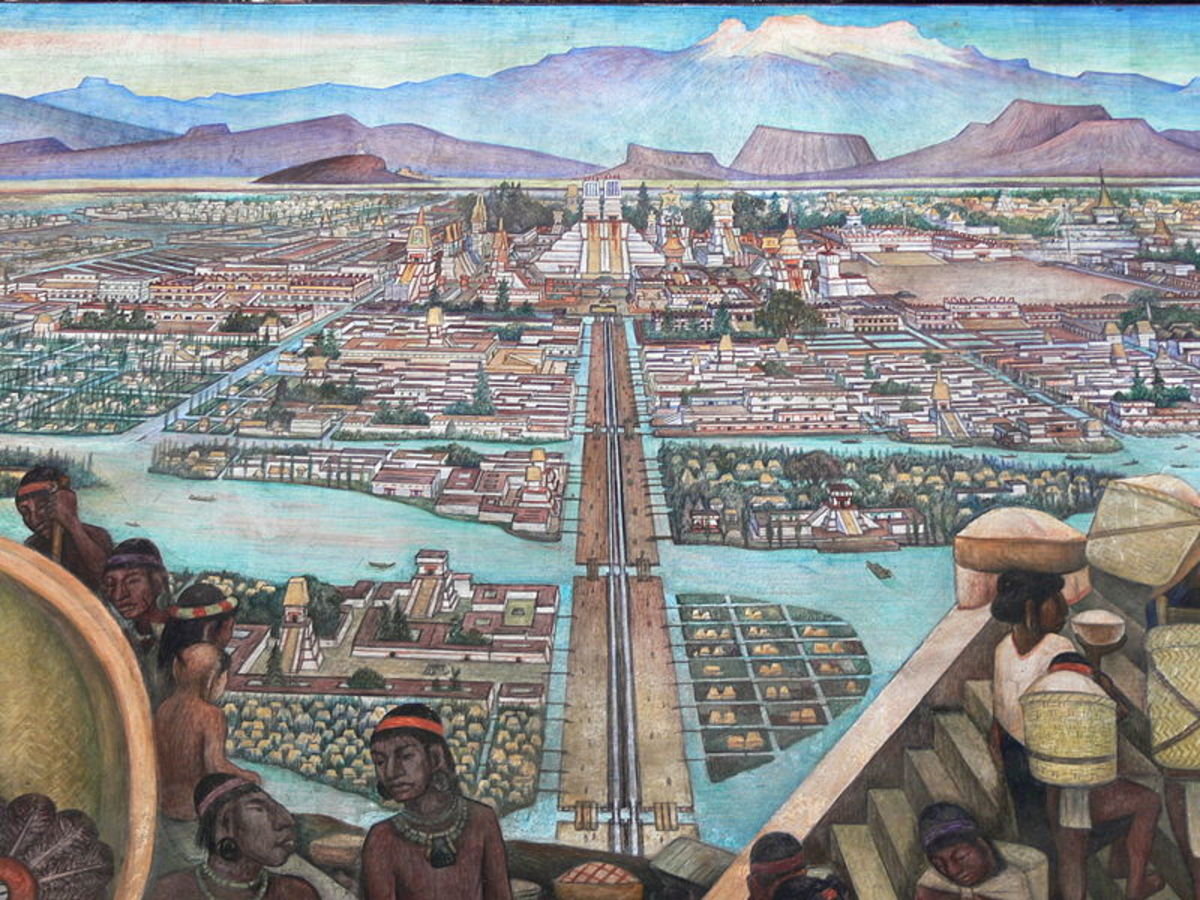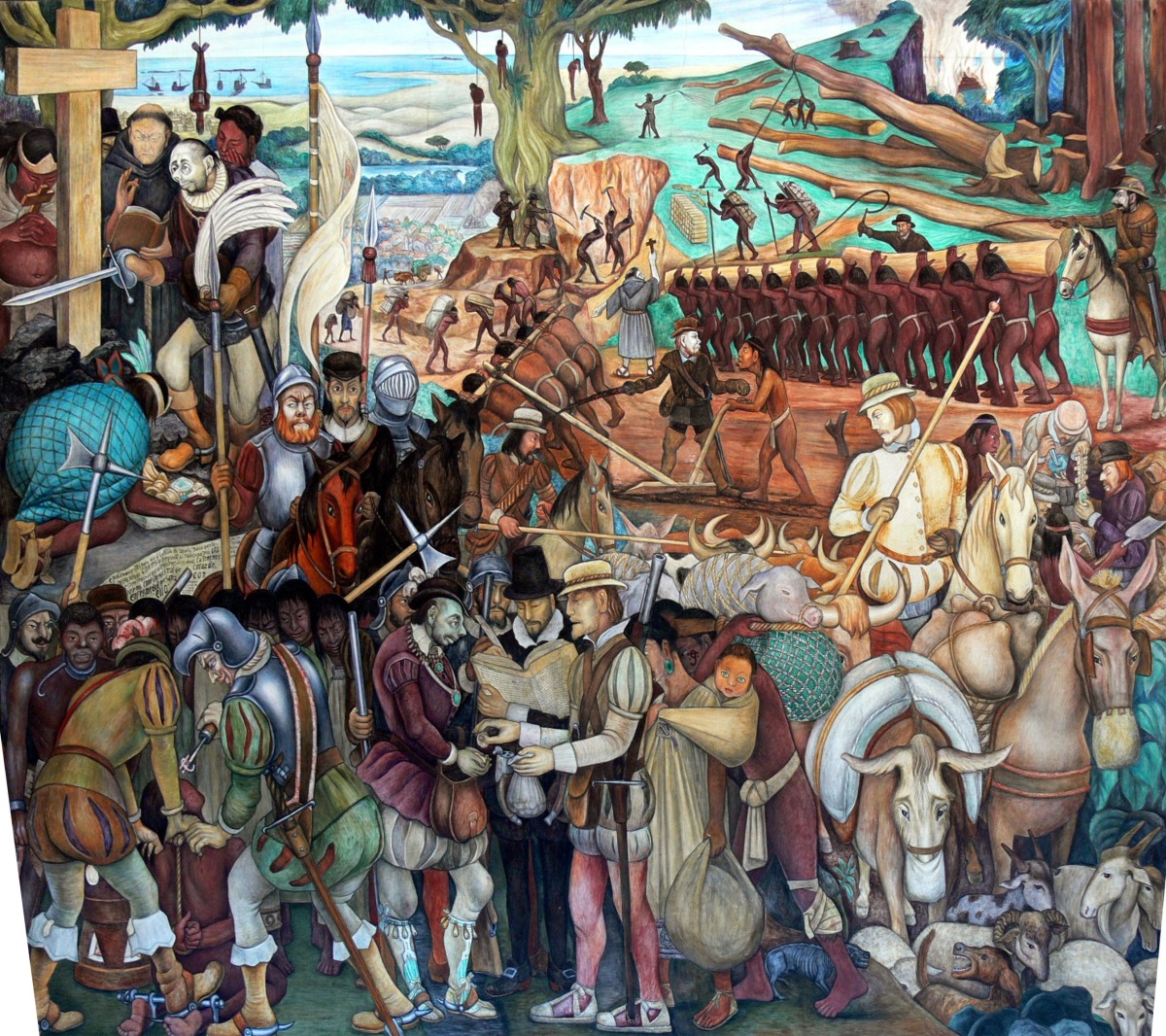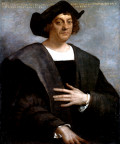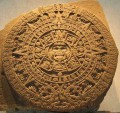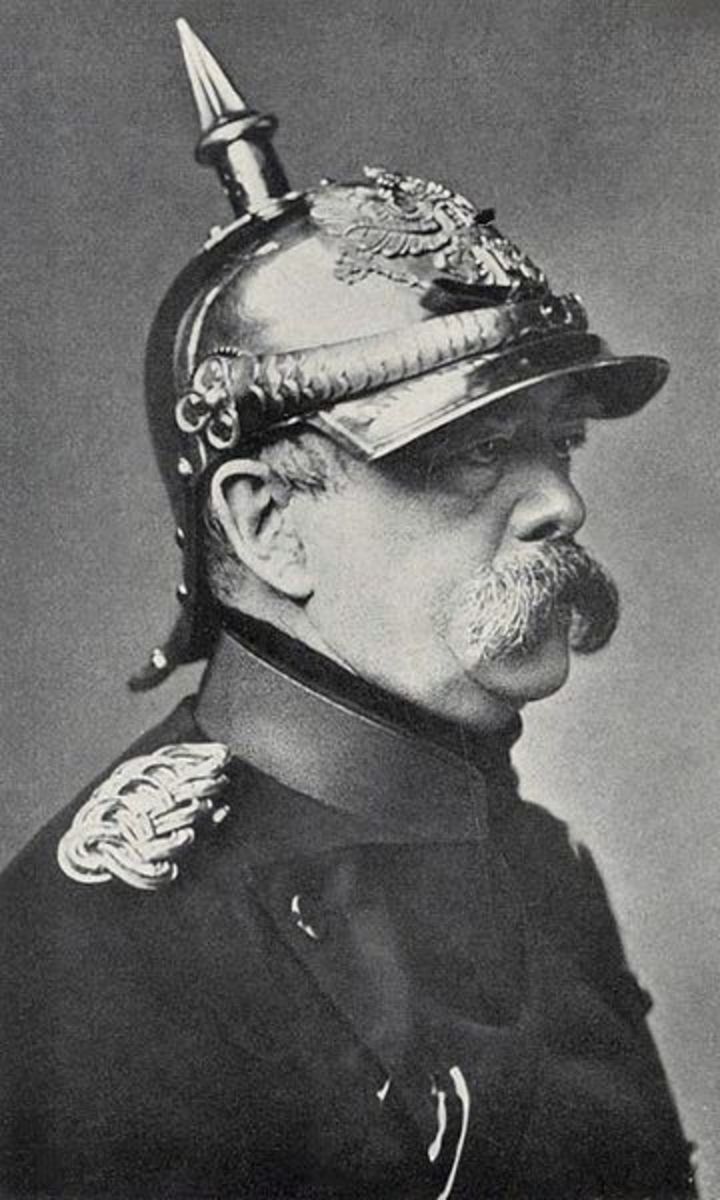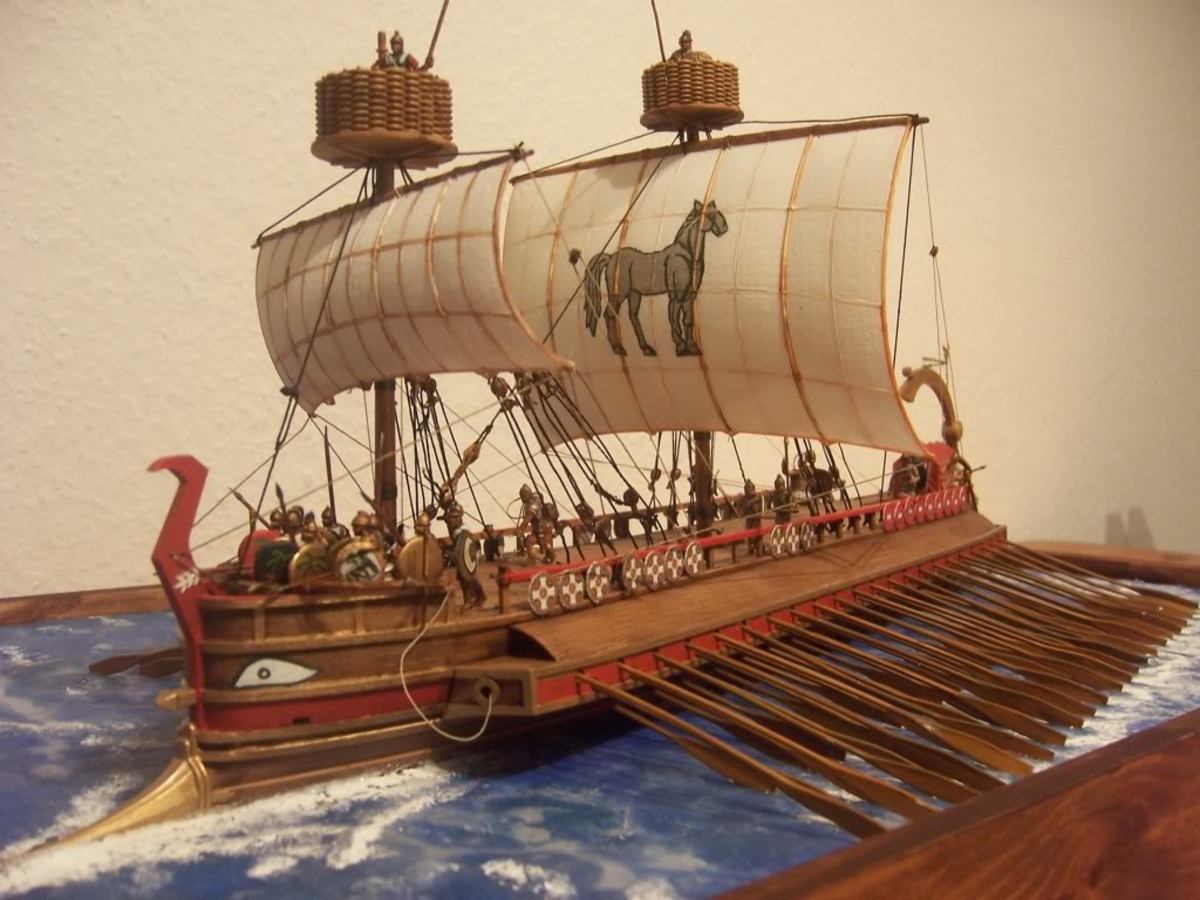The Rise and Fall of the Aztec Empire
The Aztec empire gave birth to new concepts that are a part of the modern day such as weaving and strict imposition of written rules even though views on them vary. They are marveled at for their engineering, but at the same time they are feared for the frequency of human sacrifices they practiced. The civilization was a thriving one with innovative ideas, but what led to its downfall was the very reason why it rose to power: subjugating nearby city-states and making enemies of those it could not conquer.
Aztec Expansion
The Aztecs were known conquerors. They expanded their empire to the nearby cities, conquering lands and gathering men for sacrificial duties every day. Before that, the original plan was for them to settle in what is known today as Modern Mexico City. However, their ritual of sacrificing to the gods led to expulsion from the Valley of Mexico in 1323. The fleeing tribe found a small island where they built their capital city of Tenochtitlan. The city was built on unsolid ground and it is referred to as an artificial island.
The god Huitzlipochtli apparently gave the Aztecs instructions to build the city where an eagle with a snake on its talons landed on a cactus. The Aztecs settled in the area while a different group occupied north of the island. The group of the city of Tlatelolco was eventually absorbed into the Aztecs.
Itzcoatl, a Mexica king who was one of the six Aztec emperors, introduced the feudal system to the Aztec culture. The system gave rise to nobility and led to the allocation of wealth, privileges, and political power to the elected emperor, his warriors, and the noble class. The elite were given lands from the defeated Tepanecs. Warriors who brought back captives during battle were awarded noble titles and given privileges. The common people were assigned to labor and military services.
The Triple Alliance
Tenochtitlan, Texcoco, and Tlacopan formed the Triple Alliance, with Tenochtitlan being in charge of military and conquests, while other responsibilities were assigned to the other two. Tenochtitlan was the dominant ruler and the sacrificial conquests they brought home were divided among the three with Tenochtitlan and Texcoco getting more shares than Tlacopan which only got 1/5 of the tributes.
The Triple Alliance extended its reach by expanding to nearby territories. With the alliance, more territories were subdued and in 100 years, the Valley of Mexico has been dominated as well as the Gulf of Mexico and some Pacific Shores. The Flower Wars happened during this time, with the Aztecs battling against other Nahuan-speaking city-states including Tlaxcala.
Different rulers contributed to the advancement of the empire. Moctezuma I expanded by conquering towns that have been conquered before but chose to rebel. Tlacaelel rose to prominence in the 1420s and became the Grand Vizier until his death. During this time, he strengthened the concept that the Aztec were “chosen people” and that the tribal god they revered, Huitzilopochtli, be put on top. Huitzilopochtli was elevated to be equal to the sun god Tonatiuh.
This time in history also saw a rise in the human sacrifices practiced by the Aztecs. The Aztec nobility were also revered and laws preventing commoners from wearing adornments such as cotton cloaks, gold armbands, and lip plugs were passed.
The tribe, which started as mercenaries and vassals, ended up as a socially stratified empire.
Notable Achievements
The rise and prominence of the Aztec empire was filled with wars and disputes, but that is not all that the civilization is known for. Some of the notable achievements of the Aztec were:
- Chinampas or floating gardens
- Statues and temples
- Stelas or memorial pillars
- Hieroglyphic codices
- Written laws and code of behavior
- Woven fabrics
- Basket weaving
- Dikes
Architecture and engineering is one of the strong points of the Aztecs. The Chinampas, or floating gardens, were not only for aesthetics. The Aztecs built their capital on marshy land which made it difficult to garden. They needed food supply to feed their people. One option was to build gardens farther from their city, but there was the issue of needing guards to fend off robbers. The alternative was the idea of floating gardens devised by one Aztec engineer. These gardens, which were actually rafts, were anchored to solid surfaces such as the bottom of the lake or on a strong tree. The rafts were piled with dirt where they planted seeds of chili peppers, tomatoes, beans, corn, and squash.
To harvest from the floating gardens, the engineers built a walkway made of mud and stone around each one. As the population of the Aztecs grew, the need for more lands, food, and gardens became a problem. Once again the engineers of Aztec proved their ingenuity. The problem was easily resolved by the creation of dikes. The dikes held back water while they occupied the marshlands and swamps.
Aztec Rules of Behavior
One notable achievement of the Aztecs is the imposition of strict rules of behavior. These written rules encompassed the acceptable clothes one can wear, things one could carry, how one walked, what one said and ate, how one greeted another, and how one treated children. Some of the Aztec’s rules on behavior were:
- Never mock the old.
- Never mock the sick.
- Never mock those who have sinned.
- Avoid complaining.
- Avoid wry faces.
- Do not interrupt speech.
- Only nobles can carry a fan.
Some of these rules are similar to what is observed to be the norms today, while others, such as not being able to carry a fan unless you were of the nobility, did not make it.
Quetzlcoatl and the Spanish Conquest
Hernan Cortes, the Spanish conqueror who led the siege against the Aztec in 1521, was seen by the natives as the reanimation of their exiled god named Quetzlcoatl, primarily because the god was supposed to have a beard and Cortes incidentally had one. This was the only thing incidental to happen during that time, however. With a combined force of Native Americans and Spaniards, Cortes was able to colonize the city. During that time, there were several epidemics around the capital city, which made most men weak and starving to death. The manpower of Aztec armies was greatly outnumbered.
The Inevitable Fall
The Spaniards conquered the Aztecs in 1521 through a variety of tactics including siege warfare, modern warfare, direct combat, and germ warfare, although some would argue that the prevalence of diseases were an unfortunate coincidence. Three separate epidemics ran rampant at that time, weakening the expansionistic empire.
The Spaniards also benefitted from the fact that nearby city-states did not like the Aztecs and thus agreed to an alliance to conquer them. The alliance with the Tlaxcalans stood for many years until it was dissolved by the Spaniards. Despite the colonization of the Aztec empire, not much impact was seen on other Mesoamerican cultures.
Cortes intended for the Aztec empire to remain intact even after subjugation, and in fact up to this day noblemen of the tribe are still entitled to their designations. Mexico City is built on the ruins of the Aztec empire. Some Spanish noble families hold titles attributed to the Aztecs.
The rise and fall of the Aztec empire is an interesting journey for a historian, but the lack of sufficient knowledge about their lifestyle makes it a daunting task. Experts have devoted themselves to studying the language in order to better understand the civilization, while others have turned to reading the materials left behind by the empire.

